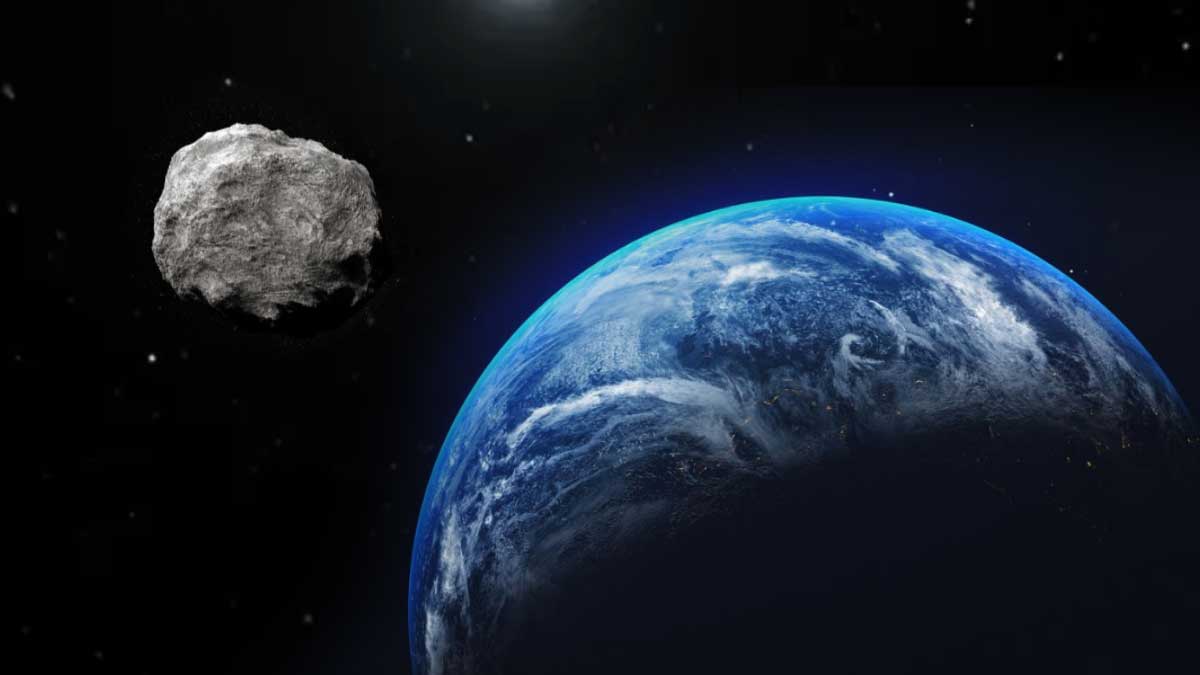California: A rare celestial event is set to unfold as a small asteroid, known as 2024 PT5, will be captured by Earth’s gravitational pull, temporarily becoming a “mini-moon” from September 29 to November 25. While this phenomenon has sparked excitement among stargazers and space enthusiasts, the mini-moon will be too faint to see with the naked eye.
Originating from the Arjuna asteroid belt, 2024 PT5 is approximately 33 feet wide and was first detected by NASA’s Asteroid Terrestrial-Impact Last Alert System (ATLAS) on August 7, 2024. The asteroid will orbit Earth for two months before continuing its journey through space. Though this mini-moon won’t complete a full revolution around the planet, it will have its trajectory slightly altered by Earth’s gravitational field, according to astronomer Dr. Jennifer Millard.
A Rare Visitor
The asteroid’s temporary capture is due to its relatively slow speed of around 2,200 miles per hour (3,540 km/h), allowing Earth’s gravitational pull to exert enough force to trap it briefly. Such events are rare but not unheard of. Similar occurrences have been documented, including the 2022 NX1 asteroid, which became a mini-moon in both 1981 and 2022.
“Mini-moons like this highlight just how busy our solar system is and how much there is out there that we haven’t discovered yet,” Dr. Millard explained in an interview with the BBC. She added that professional telescopes will likely capture images of this small dot racing past the stars at great speed, providing a unique glimpse into the dynamics of our solar system.
How to Spot the Mini-Moon
Unfortunately, 2024 PT5 is too small and dull to be seen with the naked eye or even through standard binoculars or home telescopes. Only professional-grade telescopes will be able to detect it. However, space enthusiasts can look forward to stunning images shared online by astronomers.
For those who miss this mini-moon’s brief visit, there’s no need to worry. Scientists predict that 2024 PT5 will return to Earth’s orbit in 2055, offering another opportunity to observe this fascinating natural phenomenon.





